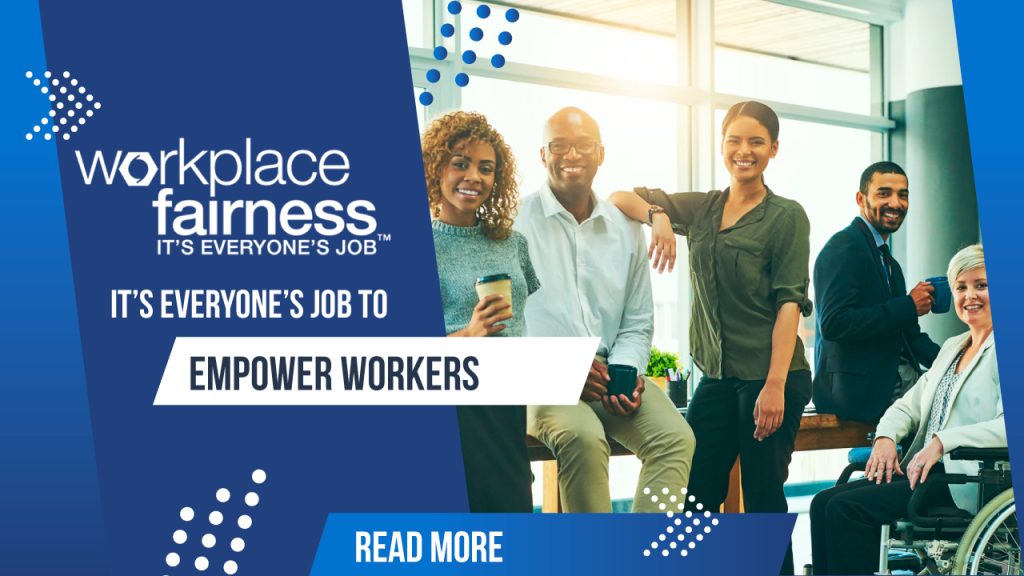The story of essential workers during the pandemic is part of the long unraveling of the New Deal. The destruction of the welfare state, the attack on unions, and the rise of neoliberalism provide the historical backdrop for the pandemic labor unrest.
As workers’ fortunes came under renewed attack in the early 1970s, the historic gains of the New Deal were rolled back decades. Inequality became the defining feature of our economy as we arrived at a second Gilded Age. This was more than unfair — during the pandemic it had deadly consequences. A 2020 study found that in over 3,000 U.S. counties, income inequality was associated with more cases and more deaths by the virus.
In the immediate aftermath of the Great Recession of 2007 – 2009, the unemployment rate remained stubbornly high long after the crisis had been declared officially over. The solution to lagging employment growth was an explosion of low-wage service jobs.
It was this new servant class of gig workers, low-wage healthcare workers, fast-food employees, maids, delivery drivers, and retail clerks who endured the most intense economic hardship during the Covid pandemic recession. They were deemed essential and worked through the pandemic, or they lost their jobs. Without this longer time frame for context, essential workers appear to be merely the product of the pandemic rather than the outcome of decades of political and economic shifts.
By April 2020, about a third of U.S. workers were designated as “essential” or “frontline” workers, tasked with laboring in person through the pandemic.
Who was considered essential or not often seemed capricious. Employers carved out niches for themselves as essential, forcing their employees into dangerous workplaces, even though they served no public benefit. Walmart designated its store greeters as essential, putting countless workers at unnecessary risk. The state of Montana designated elite fly-fishing guides as essential.
Kirk Gibbs, an electrician from Syracuse, New York, summarized his status as an essential worker like this: “I’m essential to the pocketbooks of rich contractors and essential for spreading the virus, but that’s about it.”
Across the world the designations varied even more. In fact, it wasn’t always clear what essential workers were essential for. Economic stability? Corporate wealth accumulation? Public health? Social reproduction? To ensure a pleasant experience for retail shoppers?
This mattered beyond public recognition. Because workers did not have a straightforward relationship to being classified as essential or not, their ability to collectively organize as such when necessary was inhibited.
Still, workers used the rhetorical power of their designation as “essential” to highlight their mistreatment and exploitation. In some cases, workers forced their managers, bosses, and corporate boards to provide lifesaving safety protocols, more paid sick days, raises, and better healthcare and other benefits.
Were it not for workers blowing the whistle, we might never have known the hazards they faced or gotten the kinds of improvements that saved lives. In addition to these much-needed tangible gains for an eclectic class of workers, pandemic-era activism shifted the national conversation about worker justice in ways the previous decade failed to do.
This blog originally appeared in full at In These Times on November 22, 2022. Republished with permission.
About the Author: Jamie McCallum is a professor of sociology at Middlebury College and the author of Worked Over: How Round-the-Clock Work Is Killing the American Dream.




